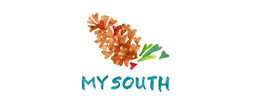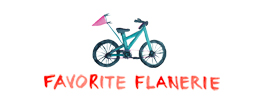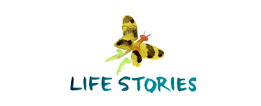February is COLOR MONTH around the Pond. I mentioned that I was planning a content emphasis for each month this year to share more detailed information about various marketing or design topics both here on Plop! and on the Small Pond Facebook page and Twitter stream. I’ve been gearing up for color month, so get ready! I’m planning to share some information about color theory and color associations surrounding the basic choices in your 8-count crayon box.
Let’s start with YELLOW!


Caution lights, school buses, taxi cabs & golden arches! Yellow is all around us in our culture today. All colors deliver unspoken messages when used in design, marketing and even wall colors. Often those messages are based on what we see in nature, how a color stands up to history, popular cultural impressions and even the way our bodies are put together. All those factors impact how we respond to various colors. So, what about yellow?
Yellow is the brightest of the primary colors, and indeed all colors. From cheerful daffodil and citrus versions to more creamy hues, color variations in the yellow family create an undoubtedly sunny persona. Yellow almost instinctively says “caution” because of its association in nature with the markings of predators. And, in our culture, the familiar yellow and black road signs reinforce that idea. In fact, a yellow background paired with black offers one of the most noticeable and readable color combinations.
GENERAL IMPRESSIONS:
Yellow is equated with the brightness and heat of the sun in virtually every culture. The eye registers bright yellow before any other color. However, yellow’s reflectivity also makes it very fatiguing to the eye. Over time, a bright yellow background tires the eye and has a negative response. Physically, yellow stimulates the appetite and increases metabolism, so we see it everywhere in food service, tableware and grocery store packaging. Yellow almost universally recalls light and warmth. Because of that association with light and the sun, it also often signifies imagination and enlightenment. Bright yellow is widely seen as a very positive and intellectual color.
COLOR VARIATIONS:
Lighter, pastel yellows are considered mellow, soft and cheerful. Daffodil yellow maintains enough brightness to be cheerful, but also offers a more energetic and eye-catching tone–a youthful exuberance. Creamy yellow variations offer a more sophisticated feel and are often associated with rich, delicious foods. Think cheesecake! Lemon yellow is naturally associated with citrus, cleanliness and freshness.
NEGATIVE ASSOCIATIONS:
Cultural phrases like “yellow-bellied” and “yellow journalism” hint at the negative views of the color yellow. Historically, it has been used to describe cowardice and can sometimes reference questionable practices. In addition, yellow tones are sometimes associated with illness, and the color doesn’t generate a healthy look against many skin types.
For the most part, yellow can’t help but spread a decidedly positive feel wherever it’s found. The sunshine and warmth inherent in the color yellow offer a lighter and fresh mood. And because its variations don’t usually reflect any strong gender preferences, I think yellow offers the opportunity for a very sophisticated look. Where are you seeing yellow today?











 Hello & welcome! I’m Haley Montgomery, and I’m the designer and owner of
Hello & welcome! I’m Haley Montgomery, and I’m the designer and owner of 















